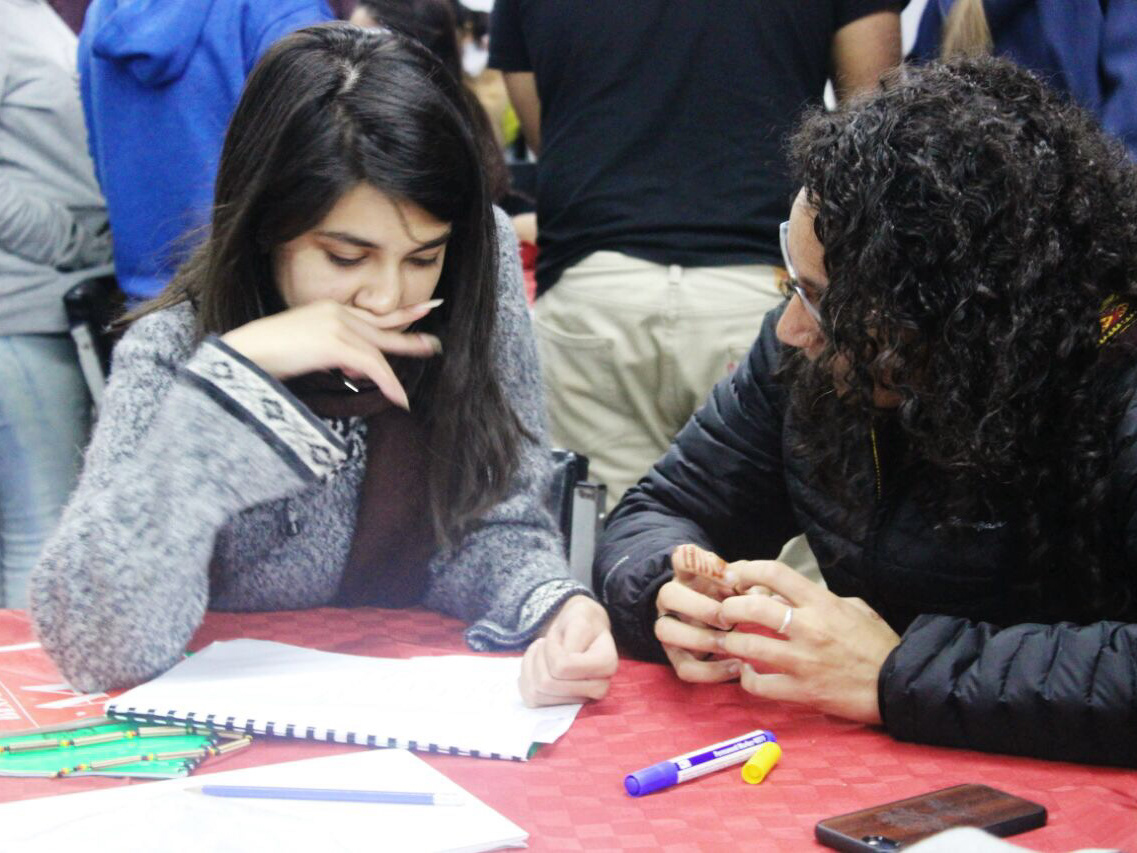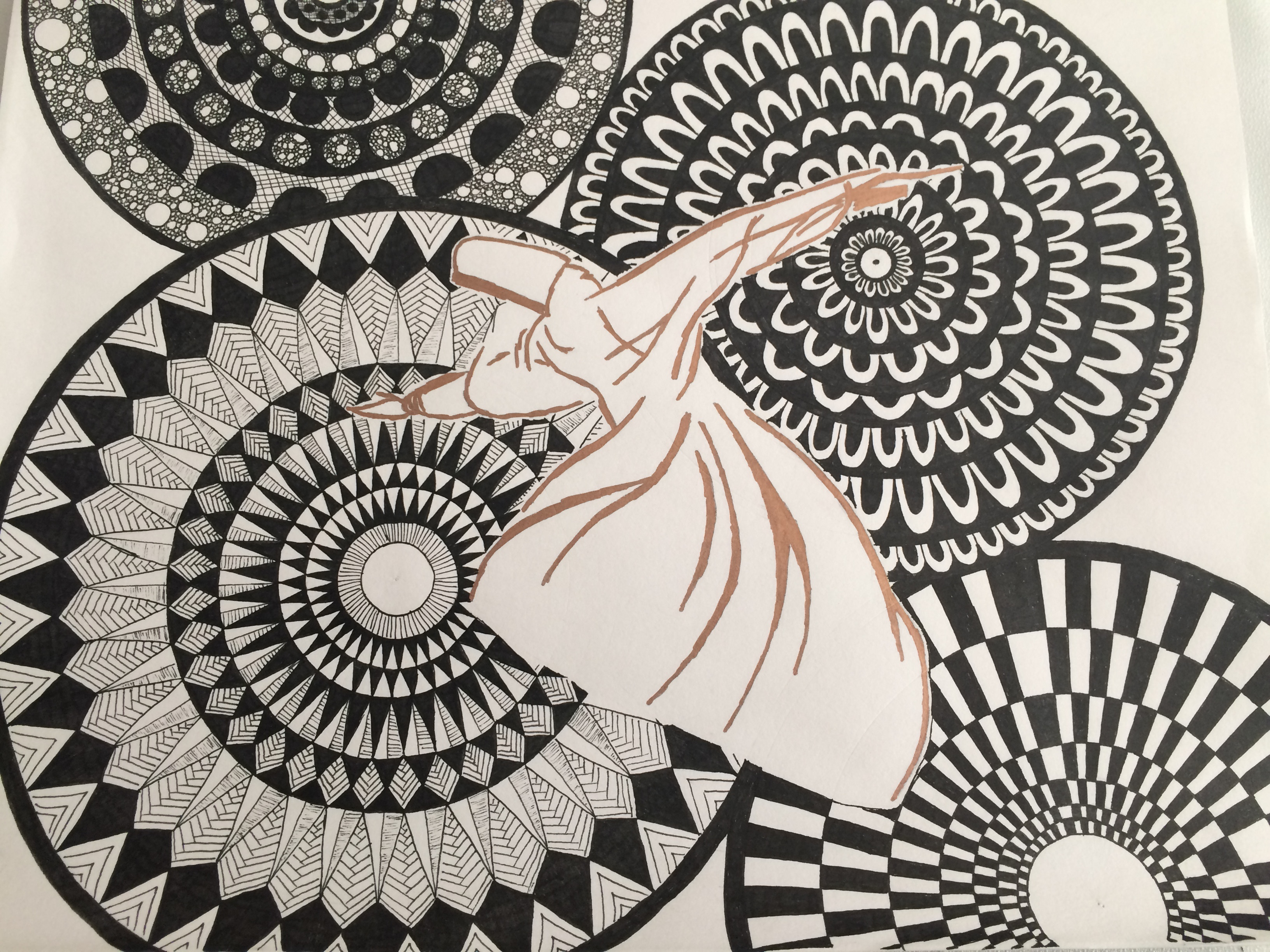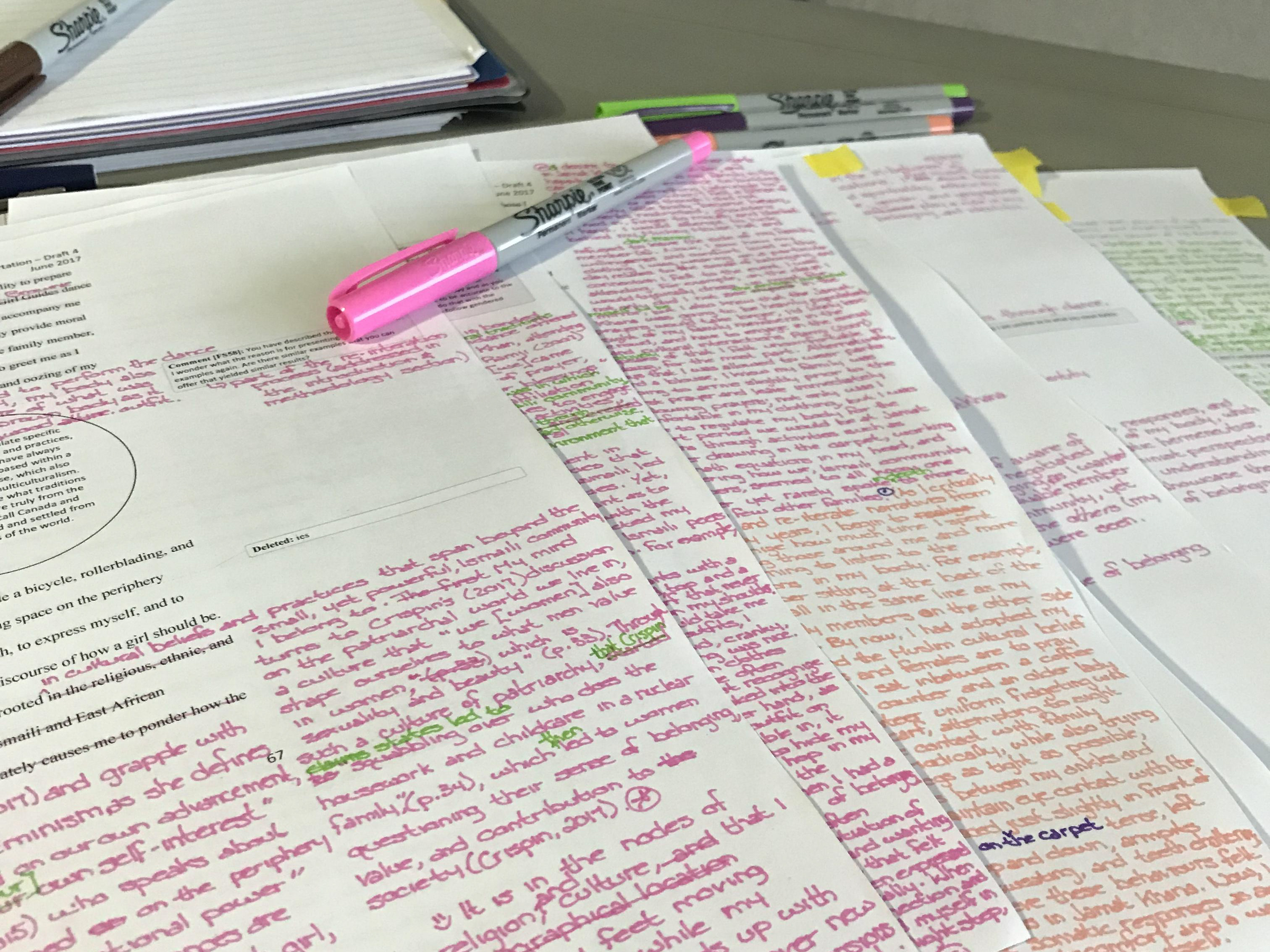When Recreation Became Critical
A few weeks before university classes started, I joined the University of Alberta’s Panda’s field hockey team as the second goaltender. It was a spur of the moment decision as I transitioned out of high school and wondered how I would sustain the need to move my body in productive and meaningful ways. The team travelled to Holland for pre-season training and returned days before the semester started. My parents arrived in Edmonton Alberta just as our team flight landed to help me move into residence – a on campus apartment. I vividly recall one dinner during their visit. I was trying to explain to my parents what I would be studying. The challenge was that I had very little understanding of what I would be studying or what careers I could land. I was mostly intrigued by the title of the degree - “Recreation and Leisure Studies”. It sounded fun and was wildly different than typical degrees we learned about as kids such as being a doctor, dentist, lawyer, accountant, or teacher. Every time I thought about learning to be qualified in ‘recreation’ and ‘leisure’, I imagined a beautiful life of pleasure. I was on a path to something unknown and unheard of in my household.
My first introduction to the critical nature of recreation and leisure was in 2004. I remember the day as if it was yesterday. Perhaps this memory is at its peak as it has been exactly 17 years since I walked into Recreation and Leisure Studies 101 at the University of Alberta (I am sure it is called something else now). I picked up my textbook the day prior to class – Pastimes: The Context of Contemporary Leisure, 2nd Edition, by Ruth V. Russell (2002), and diligently carried it with me to class, unwrapped and barely touched. This text still sits on my bookshelf and has lived a life of its own. It has travelled between Edmonton and Calgary Alberta a few times over, from Calgary to Waterloo Ontario and on to London and Ottawa Ontario. Following my undergraduate studies, the text journeyed to Victoria British Columbia and has now found its way back to Edmonton Alberta, where I am currently working, learning, and playing on Treaty Six Territory – Amiskwaciy Waskahikan.
There are a few concepts I still remember from that course – actually, quite a few! The first is the idea that recreation is a ‘freely chosen activity’. I continuously return to this definition in my work and have since become interested in knowing what activities people define as recreational. I recall learning about intrinsic and extrinsic motivation, which was also my first introduction to the benefits and challenges of rewards. Flow, a theory and now popular concept developed by Mihaly Csikszentmihalyi, who our professor referred to as Mr. C, remains a key component to how I understand recreation and one’s experience – did you experience ‘flow’ while engaged in your activity of choice? Seppo Iso-Ahola’s Pyramid is another key learning I still reference. Iso-Ahola’s theoretical stance distinguishes leisure from “obligatory non-working activities” and “free-time activities”. The details of these theories will surface throughout the blog, however, are critical to note on this first post. Afterall, this was my introduction to the study of recreation and leisure and has grounded my work for the last 17 years!
'Pastime' has endured some challenges over the years.
Each page - attached and detached - has accompanied my journey till today.
Since this class, in the Fall of 2004, I have dabbled in recreation and leisure studies (at the University of Alberta), engrossed myself in therapeutic recreation theories, ethics, and practices (at the University of Waterloo), and have been captivated by human change and mental well-being (while at the University of Victoria). Throughout the ebbs and flows of my academic, professional, and personal experiences, one thing that has remained constant is my engagement in recreation.
My current focus is to grapple with Canadian immigrants’ (1st, 2nd and 3rd generation) experiences at the intersection of recreation and spirituality. I aim to unpack how engaging in recreation and leisure is connected to a felt sense of belonging. This research project started off broad, with participants from all racial, cultural, geographical, and religious backgrounds participating. As I continue my exploration, I plan to focus my attention on exploring the lived experiences of South Asian’s who have migrated to Canada via East Africa.
I invite you to journey with me as I explore how South Asian Muslim Canadians define, understand, and engage in recreational activities and the impact recreation has as they navigate living as a marginalized, racialized, and minoritized citizen of Canada.
This blog is meant for you! Maybe reading it will become part of your recreational and leisure time. Perhaps it will bleed into your academic journey or contribute to your professional practice as a human and social service practitioner. Whatever your purpose for being here, I hope that you experience joy, are energized, and that you have freely chosen to join me.
Russell, R.V. (2002). Pastimes: The context of contemporary leisure (2nd Ed.). Champaign, Illinois: Sagamore Publishing.




